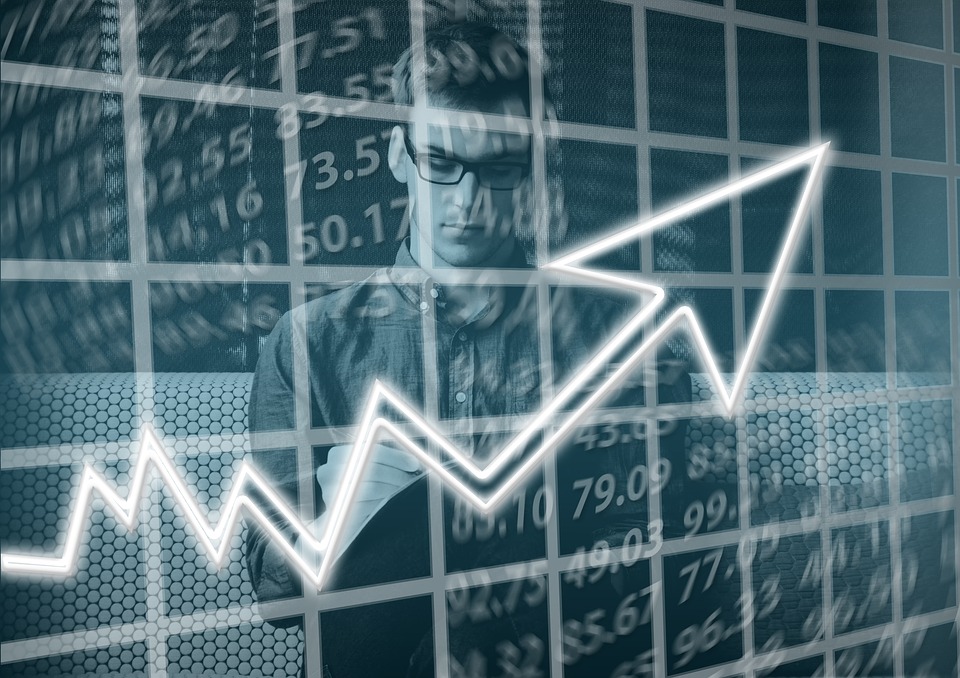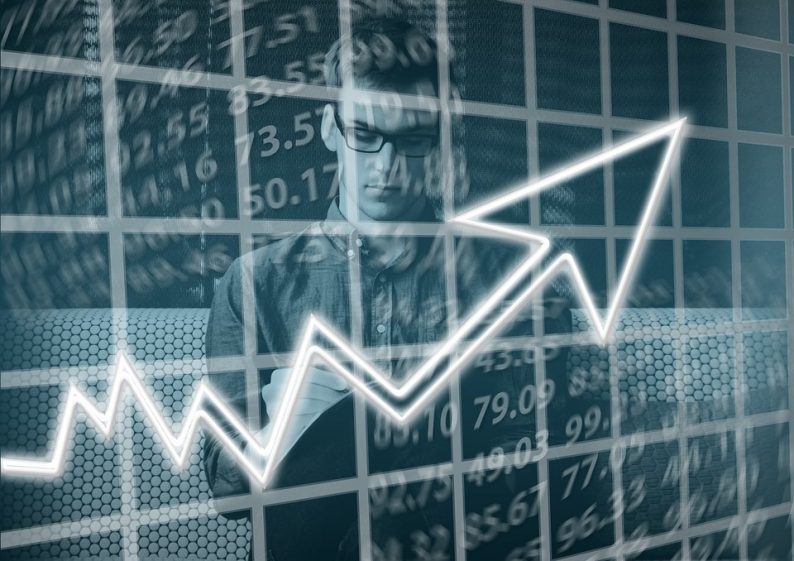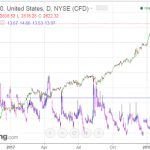On February 2 the Dow Industrials fell 666 points and fueled worries about more trouble ahead. Trouble indeed, though in percentage terms the drop was only 2.5 percent. The next trading day the Dow lost 1175 points and at its low the market had fallen ten percent from its all-time peak set a few weeks before. Not a big deal considering that stocks had been rising for 14 months straight, but the speed and indiscriminate nature of the decline was a bit unnerving even to professionals. There were more swings, both down and up, to come.

Sudden declines are typical in bull markets, especially in those that have been rising for many months without interruption. They do not end bull markets and this bull has legs powered by rising corporate earnings and justifiable optimism, the most important factors that determine prices.
The financial media focused on the cause of the selling, as they saw it. They barely mentioned profit-taking, but they seldom do. Some did try to explain the arcane relationship between algorithms and computers, one that leads to at times massive amounts of selling or buying unrelated to any investment analysis or opinion. The recent waves of selling and buying had their roots in computer programs reacting to changes in leveraged volatility indexes and others. We’ve seen that before in the so-called flash crashes a few years ago, in the selling after Brexit. Don’t make too much of the market swings. They had nothing to do with rational investing.
Some say higher interest rates are inevitable and will make stocks unattractive, but when I look at the credit markets and our many exchange-traded debt issues and preferreds, I don’t see panic or an expectation that rates will continue to rise a lot.
What’s more, for two years investors were certain that short-term interest rates would rise as the Fed and other central banks end their QE bond-buying programs and raise overnight lending rates. Investors were equally certain bond rates would also rise. To blame the recent ten-percent stock sell-off on worries about rates is partially true, but overstated. That explanation ignores the stability of the credit markets.













Leave A Comment